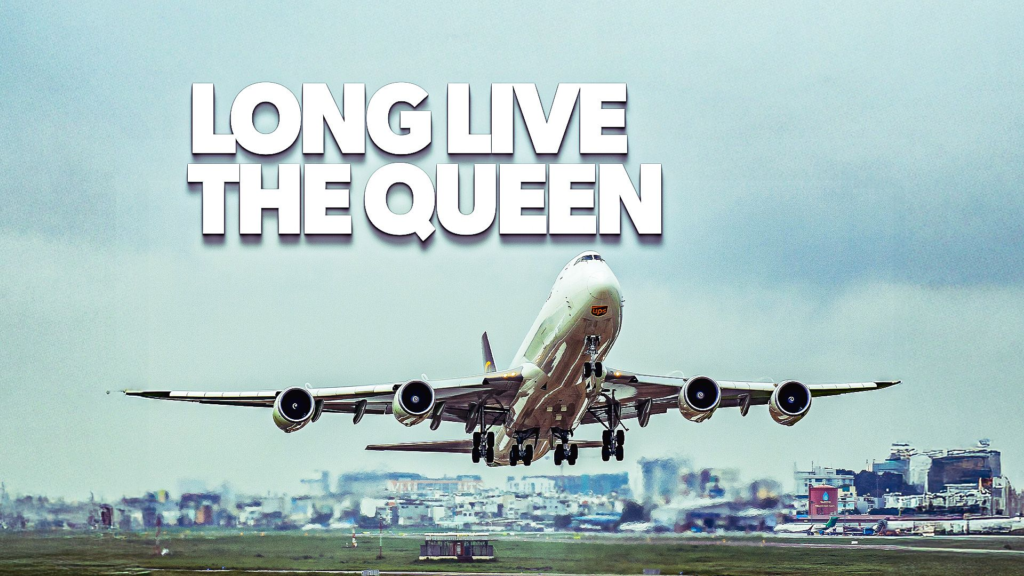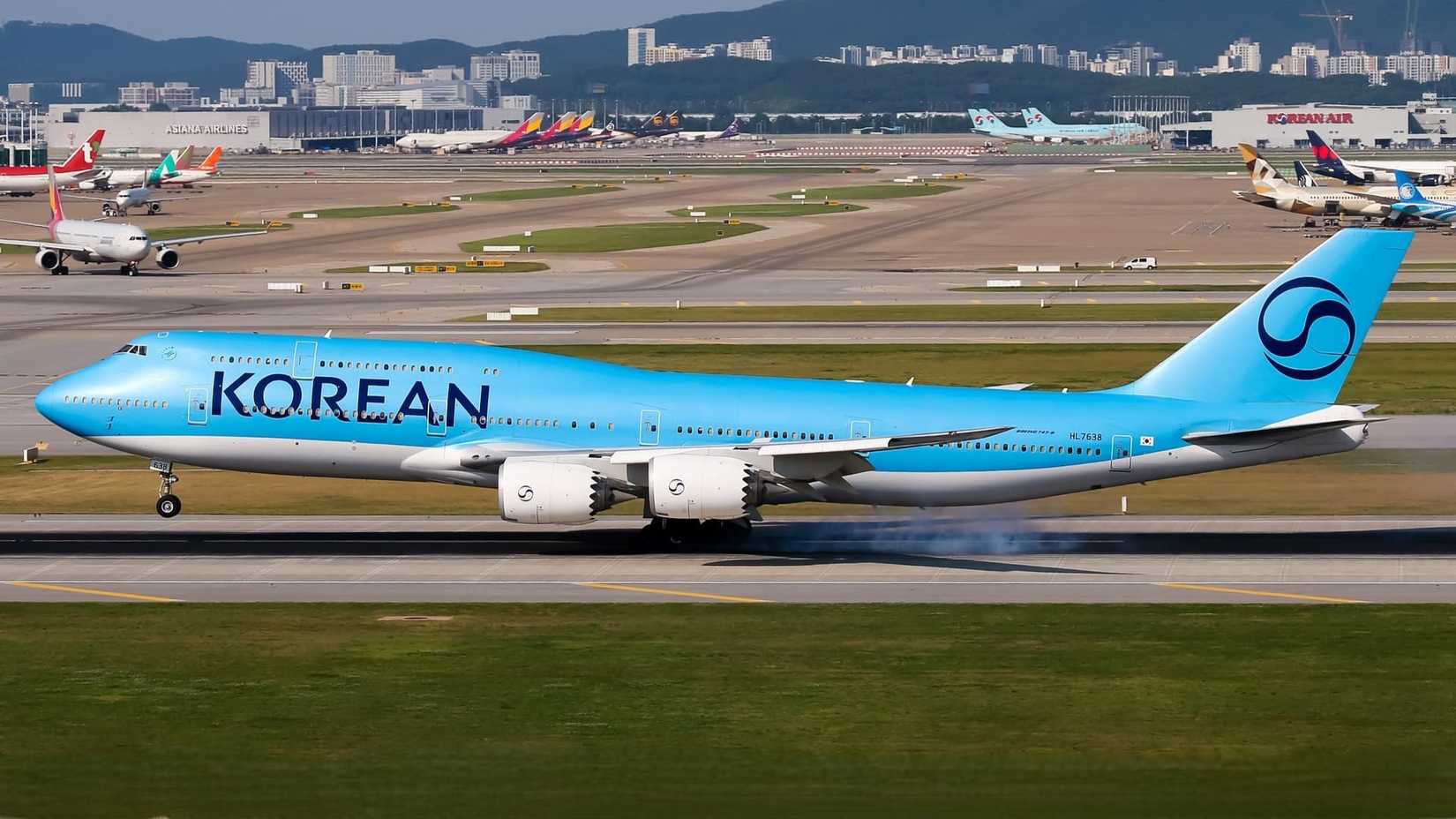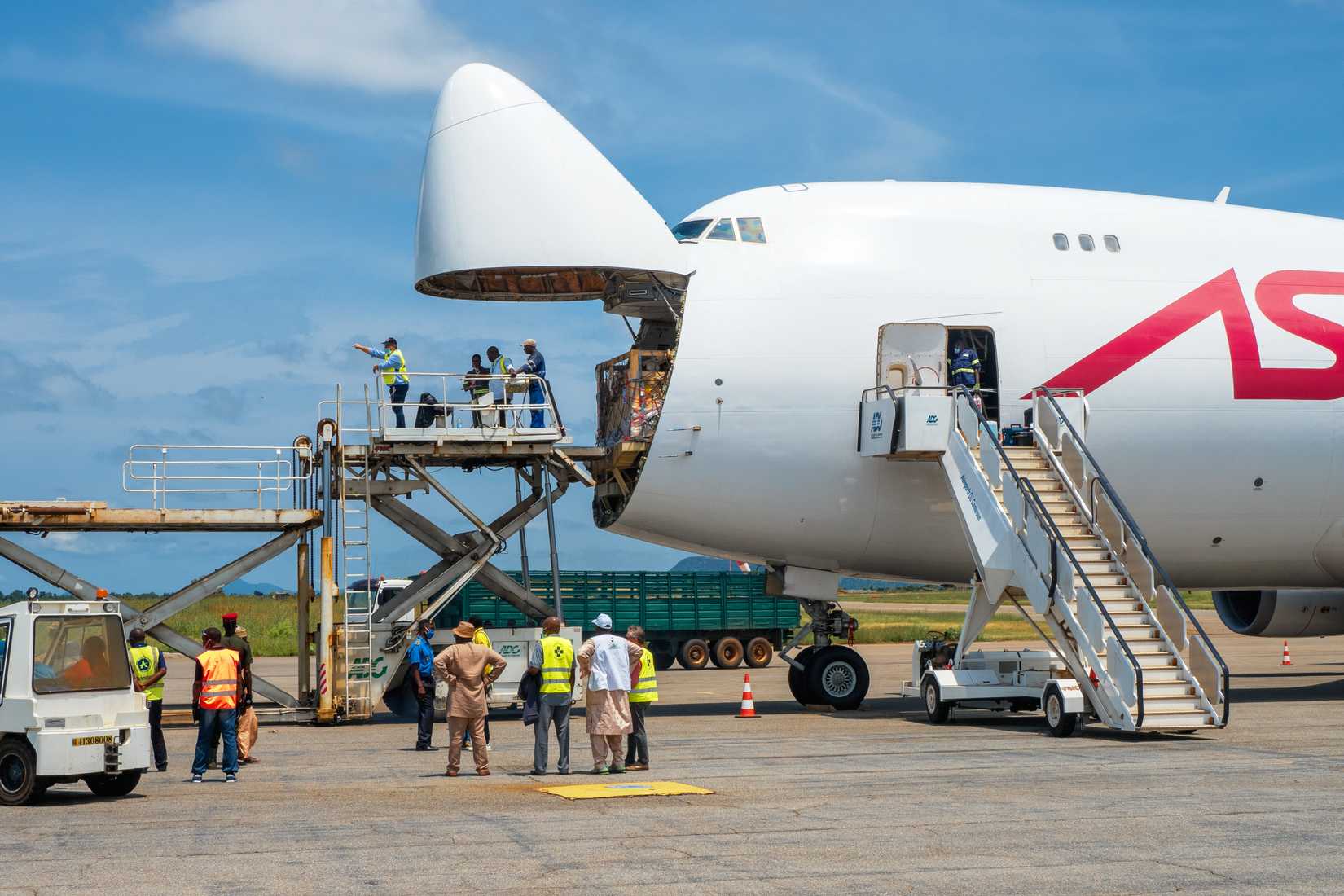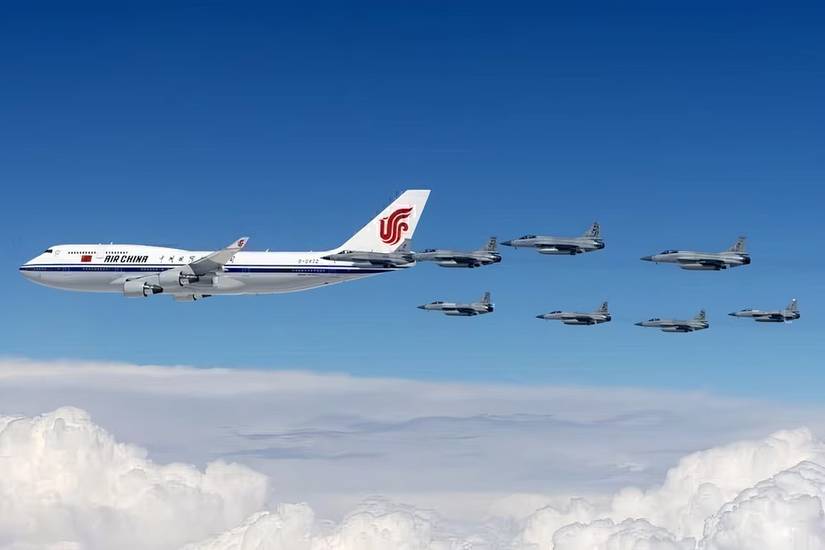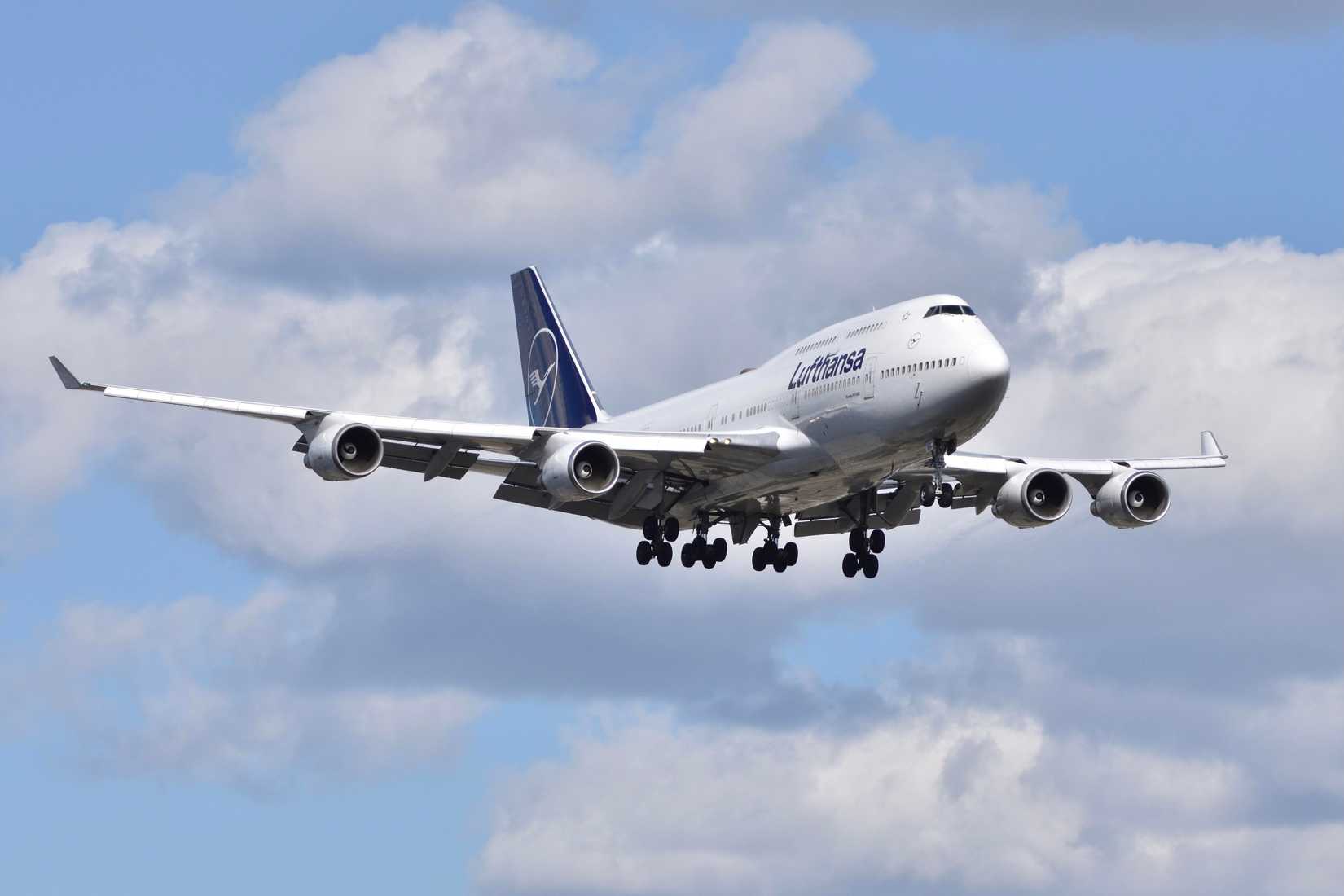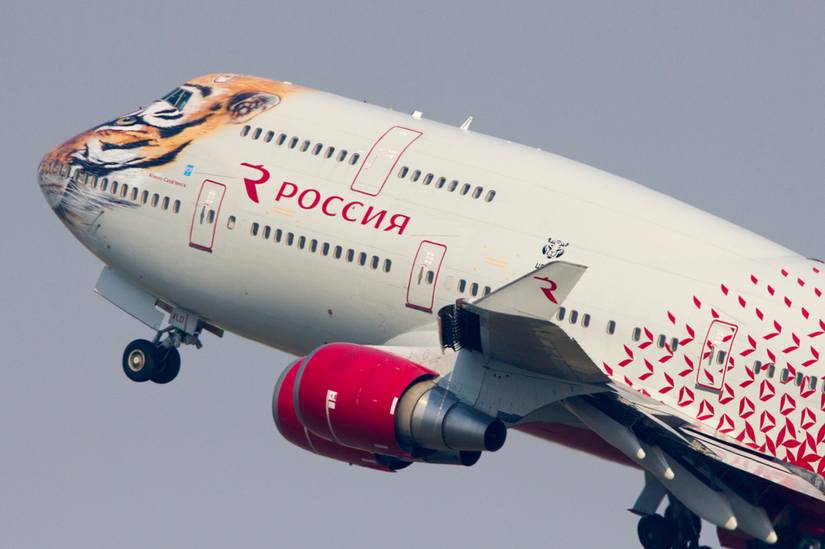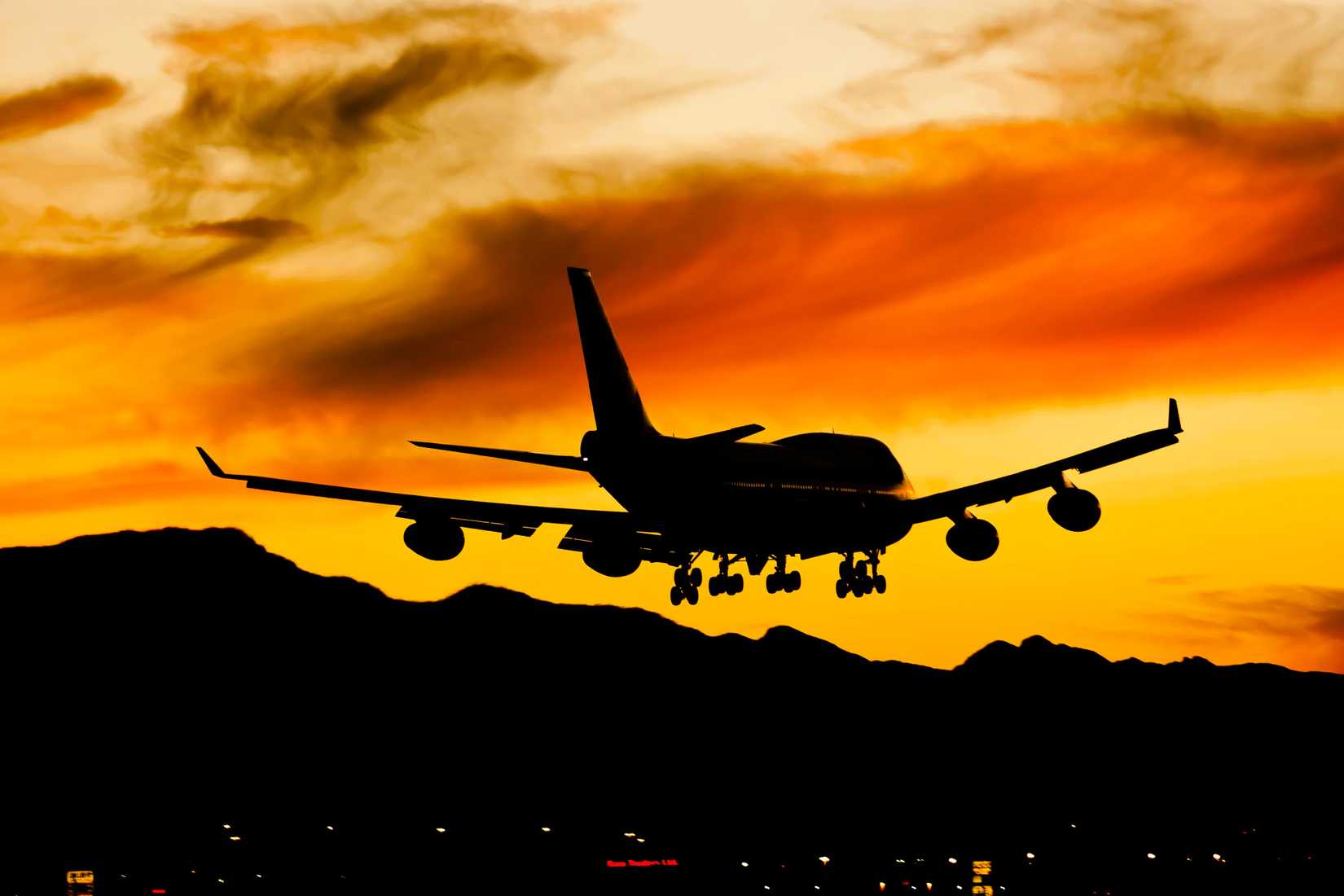When people hear that Boeing stopped producing the 747 in 2023, many assume its retirement is imminent. Yet more than half a century after its 1969 first flight, the “Queen of the Skies” remains a cornerstone of global aviation. From Lufthansa’s flagship transatlantic services to UPS’s expanding freighter fleet, the 747’s story isn’t over; it’s evolving.
Far from being an obsolete giant, the 747 has found renewed purpose in the cargo boom, VIP and government operations, and a handful of long-haul passenger networks that still value capacity and prestige. This guide explores who still flies it, why it still makes economic sense, and how it continues to justify its place in modern fleets.
The 747 Today: Who Still Flies It In 2025
Even after ![]() Boeing built its final 747 in December 2022, a 747-8 Freighter delivered to Atlas Air in January 2023, the type remains a familiar sight at airports around the world. Far from fading into museums, hundreds of 747s are still in daily service, proving that the Queen of the Skies continues to earn her crown.
Boeing built its final 747 in December 2022, a 747-8 Freighter delivered to Atlas Air in January 2023, the type remains a familiar sight at airports around the world. Far from fading into museums, hundreds of 747s are still in daily service, proving that the Queen of the Skies continues to earn her crown.
According to ch-aviation fleet data, as of Q3 2025, there are around 85 Boeing 747s still configured for passenger use and nearly 300 active in cargo, charter, or government service. The latest generation, the 747-8 Intercontinental, has become the most enduring version in commercial passenger operations. It is flown only by three airlines:
-
 Lufthansa
Lufthansa
, by far the largest operator, has 19 active aircraft. -
 Air China
Air China
, still uses four aircraft, mainly on long-haul routes between Beijing, Frankfurt, and New York. -
Korean Air
, also with four aircraft, serves high-density trans-Pacific sectors such as Seoul–Los Angeles and Seoul–Atlanta.
A single VIP-configured 747-8I, tail number 22001, operates as the presidential aircraft for the Republic of Korea Air Force.
These 747-8Is were delivered between 2012 and 2017, making them relatively young by widebody standards. None of the operators have announced firm retirement timelines; Korean Air’s internal fleet planning projects service lives extending at least through 2030–2031. Lufthansa, meanwhile, has confirmed its older 747-400s will retire before the end of the decade, but the -8s will remain a core part of long-haul operations well into the 2030s.
Cargo Is King: The 747’s Second Life
The end of passenger production didn’t mark the end of the 747’s utility. Its true strength today lies in the global freighter market. The 747-8F can carry around 140 metric tonnes (308,600 pounds) of payload or 858 cubic metres (30,300 cubic feet) of freight, more than any twin-engine rival. It’s perfectly suited for e-commerce surges, oversized industrial loads, and intercontinental routes where volume matters as much as weight.
UPS Airlines now operates the world’s largest 747-8F fleet with 30 aircraft, while Atlas Air controls a combined fleet of more than 50 Boeing 747s across the -400 and -8F variants.
Other notable users include Cargolux, Cathay Pacific Cargo, and AirBridgeCargo, all of which rely on the jumbo’s ability to move vast loads across long distances efficiently.
|
Aircraft Type |
Payload Capacity |
Range (full load) |
Fuel Efficiency |
Main Deck Door Design |
|---|---|---|---|---|
|
Boeing 747-8F |
~140 tonnes (308,600 lb) |
8,130 kilometers (5,050 miles) |
Higher fuel burn per tonne-kilometer |
Nose + side doors |
|
Boeing 777F |
~103 tonnes (227,000 lb) |
9,200 kilometers (5,715 miles) |
Lower fuel burn |
Side door only |
|
Airbus A350F (estimated) |
~109 tonnes (240,300 lb) |
8,700 kilometers (5,405 miles) |
Lowest fuel burn |
Side door only |
Because of its unique nose-door loading, the 747 remains indispensable for outsize cargo such as turbines, aerospace parts, or military vehicles. Airlines like Atlas Air and Cargolux have publicly confirmed continued fleet renewals into the early 2030s.
Passenger Appeal: The Last Giants In Service
While the operational footprint of passenger 747s continues to shrink, the aircraft’s symbolic weight has arguably never been greater. The 747-8 has become a flying museum piece that still earns revenue, an extraordinary balance between nostalgia and practicality. Lufthansa even promotes the aircraft as part of its brand identity; the airline’s marketing refers to the 747-8 as “the queen of our fleet,” underscoring its prestige on premium routes.
Cabin refurbishments carried out between 2022 and 2024 added updated lighting, WiFi connectivity, and refreshed seating materials, ensuring the type meets today’s passenger expectations despite its vintage design. Lufthansa remains the global leader, deploying the 747-8 on flagship routes from Frankfurt to New York, Los Angeles, São Paulo, and Singapore. The aircraft features a distinctive four-class layout, including eight First Class suites on the nose deck, a signature absent from most modern twins.
Korean Air uses its smaller fleet on dense trans-Pacific sectors, such as Seoul Incheon to  Los Angeles International Airport and to
Los Angeles International Airport and to  Hartsfield-Jackson Atlanta International Airport, while Air China operates from
Hartsfield-Jackson Atlanta International Airport, while Air China operates from  Beijing Capital Airport to Washington Dulles International Airport and to
Beijing Capital Airport to Washington Dulles International Airport and to  New York JFK Airport.
New York JFK Airport.
For passengers, the 747 experience remains unmistakable: a quiet upper deck, generous double-aisle space, and a sense of occasion even the Airbus A380 rarely replicates. Aviation enthusiasts still seek out “last-chance 747 flights,” and airlines consistently report high load factors on nostalgia-driven routes, demonstrating that emotional value can translate into commercial success.
|
Airline |
Active 747s |
Primary Use |
Average Seat Count |
|---|---|---|---|
|
Lufthansa |
19 |
Intercontinental flagship |
364 |
|
Korean Air |
4 |
Trans-Pacific |
368 |
|
Air China |
4 |
Europe / US long-haul |
389 |
|
Rossiya / Mahan Air |
Several 747-400s |
Regional long-haul |
~400 |
From an industry perspective, the continuing appeal of these giants speaks volumes about what the 747 represents: a bridge between the golden age of air travel and the era of ultra-efficient twin-engine aircraft. Even as airlines modernize, the Queen of the Skies endures not just as a mode of transport, but as a cultural icon, one that still connects continents, captivates passengers, and reminds the world why aviation became a dream in the first place.
Economics And Efficiency: Why Retirement Isn’t Easy
Replacing the 747 isn’t just emotional, it’s expensive. For both cargo and passenger operators, the numbers simply don’t always add up. For freight carriers, retiring a fully paid-off 747-8F means replacing it with a new-build widebody freighter which costs between US $250–330 million at current list prices. Even when factoring in improved fuel efficiency from twin-engine rivals such as the Boeing 777F or the upcoming 777-8F, the economics can be marginal.
The 747-8F’s ability to carry over 140 metric tons of payload, compared with roughly 102 tons for the 777F, means operators would need additional flights to move the same amount of cargo. More flights mean higher crew, slot, and maintenance costs, which can quickly offset fuel savings.
In many cases, the 747’s book value is already fully depreciated, meaning it’s effectively “free” to operate from an accounting perspective. Every additional year in service improves return on investment. This helps explain why airlines such as UPS, Cargolux, and Atlas Air are in no rush to retire their 747 fleets; their capital costs are sunk, and their margins remain healthy.
Passenger operators benefit from similar dynamics. A fully amortized 747-8 Intercontinental costs a fraction of a new Airbus A350-1000 or Boeing 777-9 to own and operate on a per-flight-hour basis. While fuel burn is undeniably higher, ownership costs are far lower, and maintenance expenses are predictable. Lufthansa’s in-house Lufthansa Technik division, for instance, already has decades of 747 maintenance infrastructure, tooling, and trained engineers. The cost to sustain that ecosystem is far less than what would be required to replace it with new training and support systems for an entirely different fleet.
Moreover, the 747’s unique combination of range, payload, and brand prestige keeps it viable on select routes. The aircraft can carry heavy cargo and full passenger loads over 8,300 miles (≈ 13,400 kilometers), still unmatched by most twinjets when operating under high-payload conditions. On trunk routes such as Frankfurt–Los Angeles or Seoul–Atlanta, the type offers unmatched capacity without requiring the additional frequencies that smaller jets would demand.
Technical Durability And Upgrade Paths
Few aircraft in history have been built as robustly or adapted as gracefully to changing aviation needs as the Boeing 747:
- Robust Airframe: The jet’s design life exceeds 100,000 flight hours; several frames have surpassed 90,000 with no structural compromise.
- Modern Avionics: Most 747-8s include advanced flight-management and navigation systems compatible with modern airspace rules.
- Cabin Refits: Lufthansa’s ongoing “Allegris” refurbishment will extend cabin value into the 2030s, introducing new business and premium-economy seating on its 747-8s.
- Freighter Conversions: Dozens of 747-400s have been converted to BCF (but cargo freighter) status, keeping older frames productive for another 10–15 years.
These upgrades prove that, mechanically and technologically, the 747 can remain compliant and competitive for years to come. Looking ahead, the 747’s future splits into two paths: a gradual passenger sunset and a sustained freighter era.
Passenger variants like Lufthansa’s -400 are expected to retire by 2028, while its -8s could fly well into the 2030s.
Korean Air’s timelines suggest similar longevity. Meanwhile, cargo operators foresee viable service lives of 25–35 years per airframe, meaning 747-8Fs delivered in 2022–2023 could still be flying in 2050.
Experts agree that the 747 will never fully disappear: VIP, military, and cargo fleets ensure ongoing relevance. The US Air Force One replacement, two 747-8i aircraft, will likely serve until at least 2055, ensuring the model remains visible for decades.
Future Outlook: How Long Can The Queen Reign?
The Boeing 747 may no longer symbolize the future of commercial aviation, but it remains a vital part of its present. Its unmatched capacity, reliability, and adaptability have given it a second life that even Boeing didn’t fully anticipate.
As long as the world needs to move hundreds of passengers or tonnes of cargo halfway around the planet, the Queen of the Skies will continue to earn her crown. For aviation enthusiasts hoping to catch a glimpse of the Queen of the Skies, there’s still plenty of opportunity.
From Lufthansa’s departures at Frankfurt to UPS’s night freighters in Louisville and Hong Kong, the unmistakable silhouette of the 747 still commands attention, a living reminder that innovation and endurance can coexist in the same aircraft.


